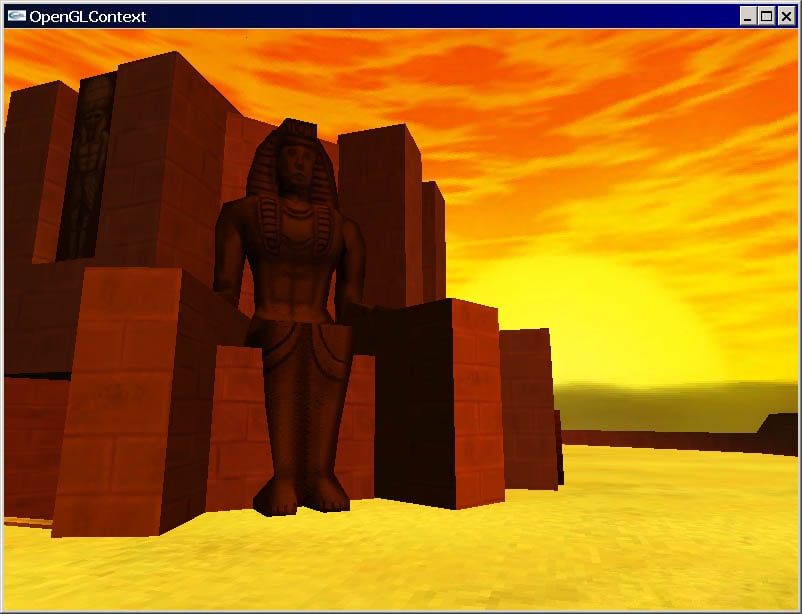Using this tool you can bind Python to the OpenGL graphics library. This is helpful for creating 3D video games and scientific visualization applications.
PyOpenGL
PyOpenGL is a Windows software that provides Python developers with direct access to the graphics hardware via the low level OpenGL library. It is widely used to create CAD, VR and image processing programs.
Main purpose
This powerful and versatile Python package provides a Pythonic interface to OpenGL. It can be utilized to develop a wide variety of graphics applications. For example, users are able to create 2D and 3D computer games. Additionally, it is possible to generate complex scientific visualizations for various fields such as physics, chemistry and medicine.
There are instruments for integrating the OpenGL library into computer assisted design apps used in engineering and manufacturing. Moreover, you are able to develop software products for photography and medical imaging. 3D graphics support can be added to virtual reality applications for gaming and education as well.
Benefits
The library is cross platform, meaning that it works on Windows, Linux and MacOS. It is open source and freely available to download. All functionality of the OpenGL application programming interface is fully supported, including extensions. PyOpenGL is optimized for high performance and reliability.
Features
- free to download and use;
- helps Python developers create various types of 2D and 3D apps;
- supports all functionality of the OpenGL API and its extensions;
- optimized for high performance;
- compatible with all modern versions of Windows.

